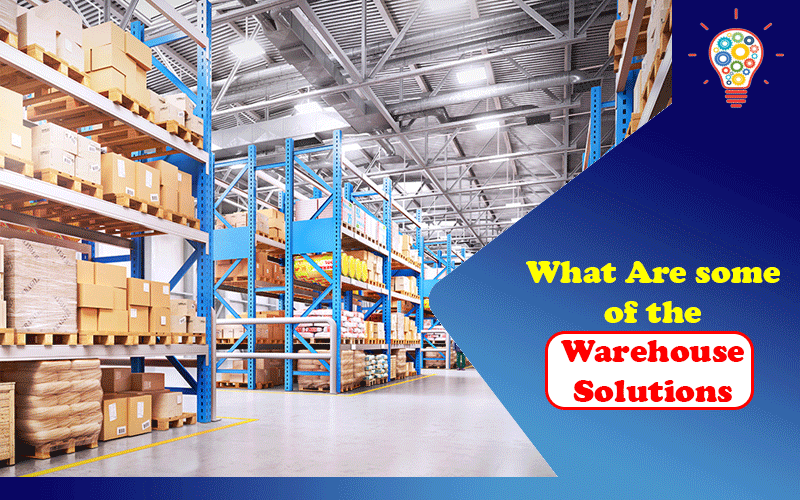Automation of warehouses has immensely grown to the point that almost all types of collaborative robots are deployed and work alongside humans to improve the operations and throughput of warehouses around the globe. E-commerce sales have increased, especially during a pandemic where shoppers have turned to them as a safer alternative to in-store shopping. Thus, pressure is building up on distribution centers and the logistics operations for the supply chain.
Warehouse automation is of different types and forms, depending on the type of business and needs. Some of the examples include fixed conveyors, automated sortation, and queuing systems. These types are designed to enhance the throughput volume and accuracy for a linear workflow.
There is also flexible automation that includes robotic hands used to pack boxes and get them ready for shipment. They help improve the efficiency and flexibility of a warehouse.
Some of the functions that warehouse automation solutions have improved include:
- Consolidate customer order
- Depalletize
- Store inventory in the warehouse
- Pull items ordered by clients
- Labeling and postage
- Sorting items by destination
- Reconcile inventory
- Ship
Table of Contents
Benefits of warehouse automation
Throughput optimization
It provides high throughput capacity and improves productivity.
Less risky
With the reduced need for human labor, accidents and injuries are fewer.
High accuracy
Even though there may be some errors, it is easier to locate and correct them. Moreover, there is high efficiency, which significantly reduces returns and refunds which are normally experienced when using manual labor.
Flexible operations
With such a system, you can sometimes run unsupervised without incurring the cost of manual labor. You will not need to pay for extra hours in fear of violation of state or federal laws.
Management of inventory
It is easier to manage inventory inside your warehouse with an automated system than using papers and manual files. They have been installed with real-time tracing tools that can trace inventory and shipment and ensure that it reaches its intended destination. You can also use your warehouse management system (WMS) to track the flow of products through your facility.
Read Also: A Quick Guide to Warehouse Designs and Storage

